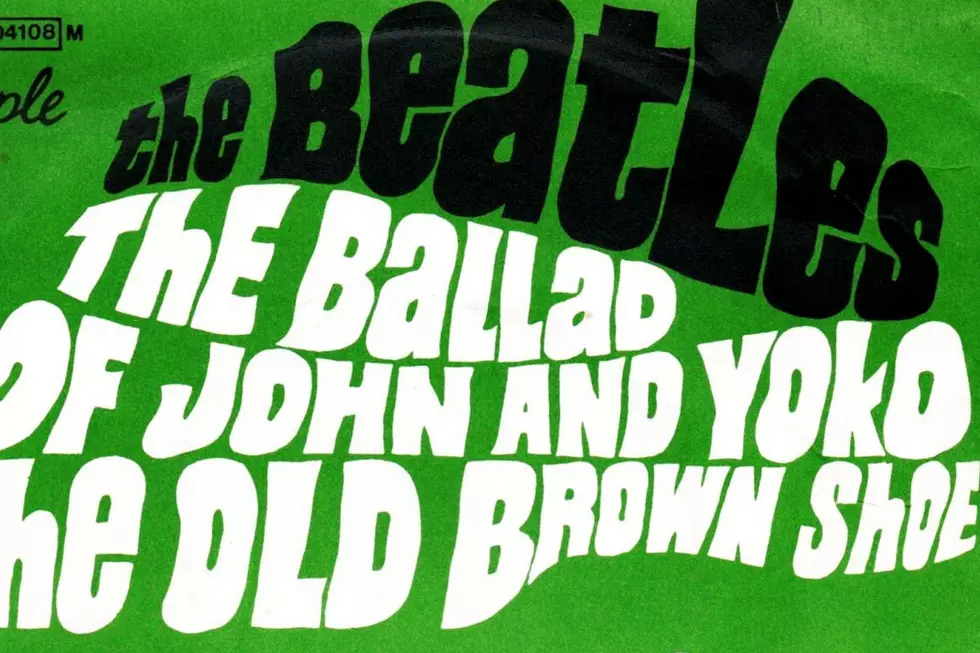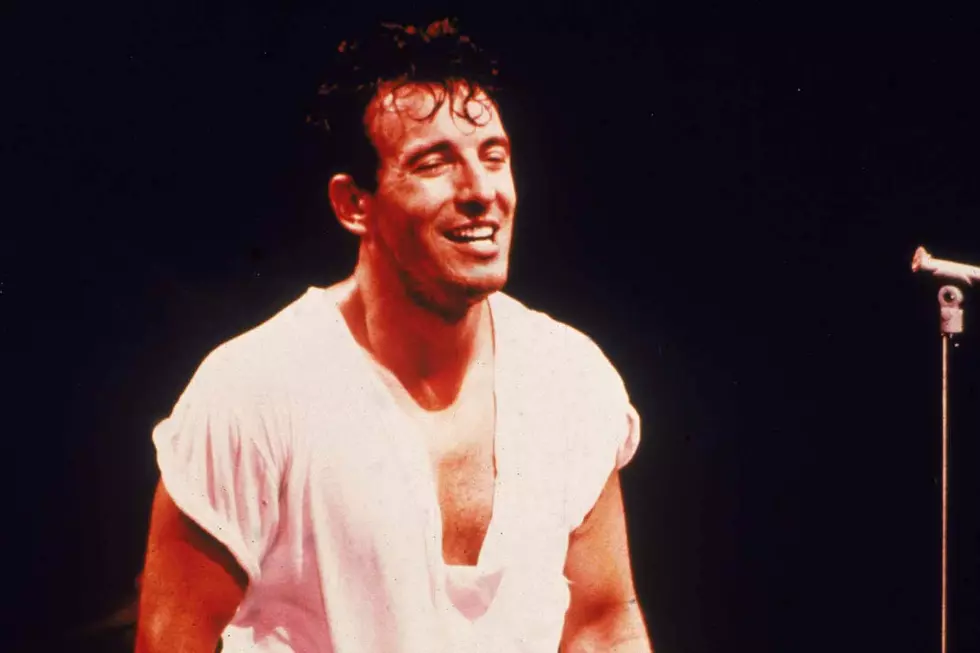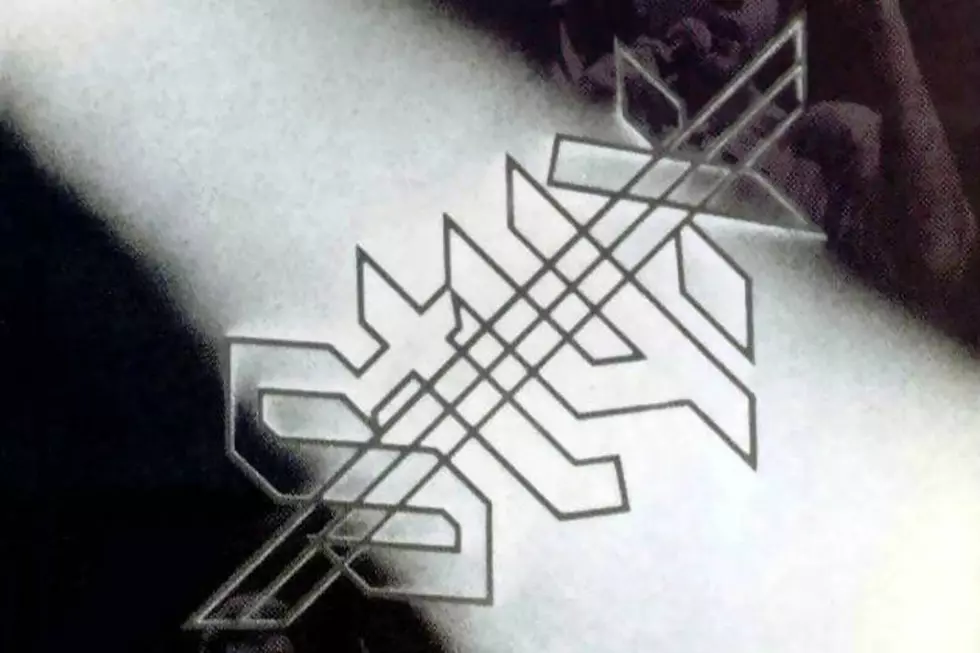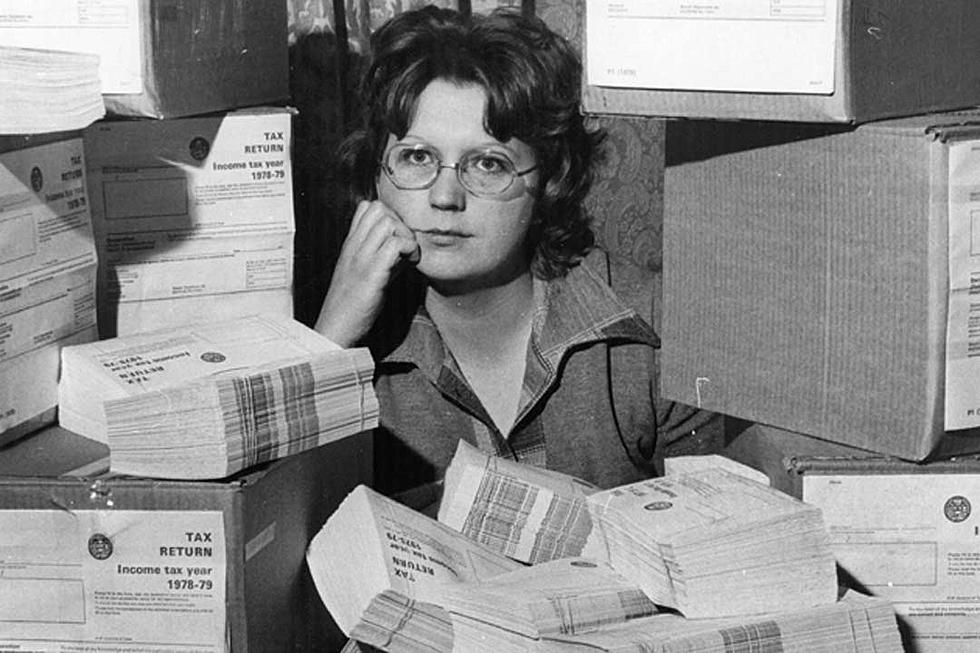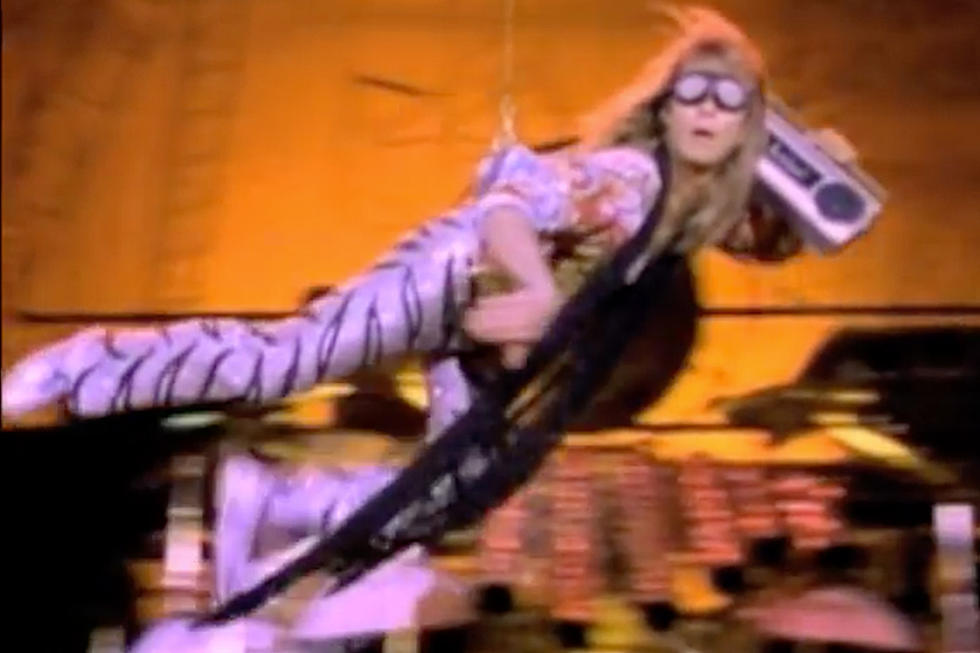
40 Years Ago: Van Halen Scores Last David Lee Roth-Era Hit
He’s wearing a Panama hat, but he’s not singing about the country – or the hat. Instead, “Panama” found David Lee Roth singing about a woman again, though also about a car for the first time, and that explains the mixed metaphors.
Recorded for Van Halen’s diamond-selling sixth album, 1984, “Panama” was the band’s last Top 40 single with their original singer and one of the few tracks to have been performed by every lineup. It was also a refreshing return to guitar-led music, after previous synth-heavy singles “Jump” and “I’ll Wait.”
Mixed metaphors, incidentally, are what you get when you try to establish the truth behind the song. Roth has discussed it on many occasions, but – in classic fashion – he’s seldom told the same story twice about a song that illustrated the pinnacle of the band’s ’80s world dominance.
READ MORE: Ranking Every Van Halen Album
Reputedly, Roth wrote the lyrics in response to the accusation that he sang about only women, partying and fast cars – prompting him to realize he’d never actually written about fast cars. There’s some doubt about the vehicle in question, however: It’s apparently not the 1951 Mercedes custom in the video.
The vehicle in question might be either a drag racer Roth once watched in action named Panama Express or a 1969 Opel Kadett station wagon that was once mounted on a wall of his home – complete with a prop deer smashing through the windshield. In 2012, however, Roth suggested the car was named As Is and not Panama, and that the art installation made for it is called My First Deer and not Panama. It can be seen in his 2003 video for “Shoo Bop.”
Watch Van Halen's 'Panama' Video
How Eddie Van Halen Wrote Iconic 'Panama' Riff
Regardless, the car engine heard during the bridge of the song is definitely not called Panama. That was Eddie Van Halen’s 1972 Lamborghini Miura S, which was backed into his 5150 Studio for the recording. “They thought we were nuts to pull up my Lamborghini to the studio and mic it,” he once said. “We drove it around the city, and I revved the engine up to 80,000 rpm just to get the right sound.”
Released on June 18, 1984, “Panama” was one of the first tracks to be recorded in the 5150 studio, which Van Halen had built partly as a means of taking control of the band’s sound from producer Ted Templeman. Perhaps tragically in light of its reputation, Van Halen forgot how or when he came up with the song’s signature guitar part.
“I have no memory of coming up with any of those riffs,” he told Billboard in 2015. “Even the stuff I wrote for the last record, I don’t remember. It just comes to me. I never sit down and decide to write a song. I’ve never done that.”
The situation was partly explained by the fact that he usually wrote on tour, alone in one hotel room after another, with just vodka, cocaine and a tape recorder for company. “Alcohol and cocaine were private things to me. I would use them for work,” explained Van Halen, who got sober later in life. “The blow keeps you awake and the alcohol lowers your inhibitions. I’m sure there were musical things I would not have attempted were I not in that mental state. You just play by yourself with a tape running, and after about an hour, your mind goes to a place where you’re not thinking about anything.”
Roth once described “Panama” as a celebration of “the farthest south that you could possibly go and still have a really corrupt good time,” which may refer to the geography of the Central American nation, or may perhaps refer to a stripper that the song is said to be partly about. He’s certainly having a good time in some of the action clips seen in the video.
Behind the Scenes on Van Halen’s ‘Panama’ Video
The Struggle to Complete Van Halen's 'Panama' Video
Those scenes were initially shot for “Jump” but left out as a result of creative differences. Video creator Robert Lombard felt the larger-than-life antics were at odds with the intimate performance shots. That led to his dismissal, even though the “Jump” video went on to win awards and inspire a generation of copycats. It would seem that Roth, working with new director Pete Angelus, had his revenge by making sure the action scenes were paired with “Panama.”
The video also featured one of the most successful attempts to circumvent MTV’s ban on product placement. Michael Anthony is seen playing a bass that’s shaped and styled like a bottle of Jack Daniel’s. Faced with the impossible task of blocking it out or refusing to air a Van Halen video when the band was at its commercial prime, the network capitulated.
“Jump” had reached No. 1 and the follow-up single, “I’ll Wait,” made No. 13. “Panama” also reached No. 13. Unfortunately, the fourth and final 1984 single, “Hot for Teacher,” got to only No. 56. The subsequent tour and ever-increasing tensions led to Roth’s departure from the band on April Fool’s Day 1985.
The group would go on to further success with Sammy Hagar. Roth would develop a successful solo career before returning, but it was a far cry from the heady days of “Panama.”
Speaking during the video shoot after a day of sword-fencing moves, Roth memorably said: “Van Halen has absolutely changed the face of pop music as we know it permanently and forever. … In 1984, you can’t avoid us. You can talk whatever you want about clothing and haircuts, but it’s all in the grooves. If the music moves, then you’ve got it.”
Rockers Whose Bands Tried to Erase Them
Gallery Credit: Nick DeRiso
See Rock’s Epic Fails: Van Halen Edition
More From KOOL 101.7
